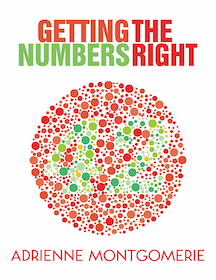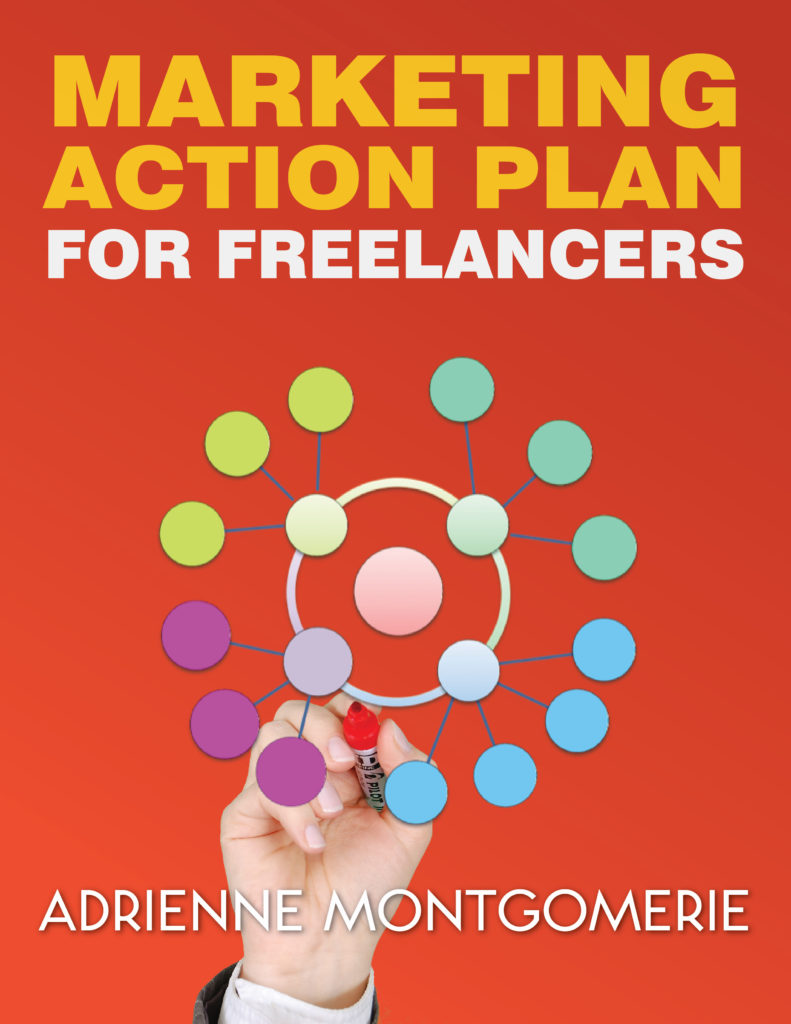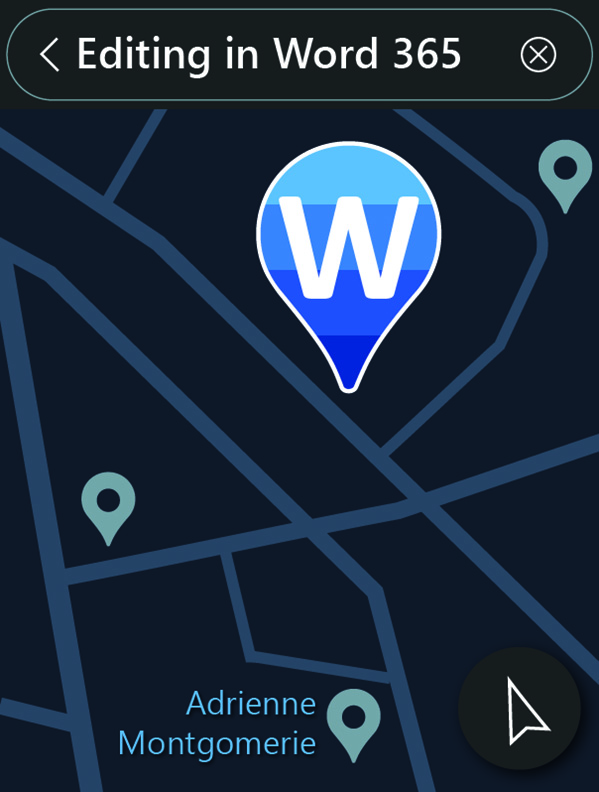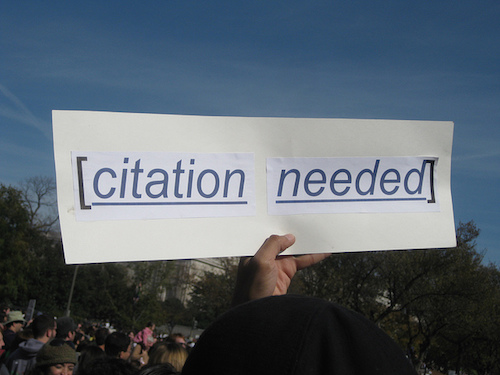Peeking over the office partition, a coworker asks, “Can you look this over?”
The editor, smiling at the Siren call, readies her magic eight-ball to determine what’s expected.
Clear Definitions of Each Editing Stage
Proofreading in the classic workflow occurs on a printer’s test run of the product on the printing press. A keen-eyed employee or the client herself then reviews that proof to ensure the placement of all elements (down to the letter level, back in the days of setting movable type that was placed by hand).
“Proofreading” is done on a test run of the final product.
Copyediting happens before formatting/typesetting. Editors review the copy (words—preferably in a word processing program) to eliminate spelling or grammatical errors, impose house style, and ensure consistency in all elements.
A detailed list of all concerns at each stage of editing is found in Editors Canada's Professional Editorial Standards, and in the checklists found on this website. And here's a succinct and narrow definition from the CMOS camp.
The Transformed Editorial Reality: All Roles Collapsed into an All-Encompassing ‘Look Over’
In practice, editors’ job titles are barely ever used consistently. Outside of publishing, most people seek a proofreader, period—even if what they want is a full-scale reorganization and new content suggestions. Maybe they’ve heard of other types of editors, but don’t know what they do, exactly, or maybe the titles are completely unknown to them. Outside of publishing, we may not hear an editorial title at all; what we hear is just, “look this over?”
In many settings, only one editor will ever see the materials, and likely only after the designer has done their work. So all editorial roles are “collapsed” into one all-encompassing “look over.” This is very common in the case of annual reports, for example, or government materials that have spent years being developed by a committee.
So what does “look this over” mean? One person means “Make sure I don’t get embarrassed by typos,” while another means “Check the flow and sense of this.” An everyday meaning is “Please fix glaring grammar and spelling flubs.” (Nearly everyone means, “Please heap praise on this.”)
Mind Reading for Editors: Key Questions for the Team
To tell what is being asked of you without even reading the piece, ask where in the publishing process this piece is. If this has already been through months of committee review and several layers of approvals—or even through several rounds of copyediting—proofreading-level changes are in order, even if it hasn’t been formatted yet or it is a disaster of disorganization and muddled expression. Budget and schedule will suffer from doing anything more. (Costs in terms of the editor’s time plus the compositor’s and designer’s time, not to mention the time for committee review!)
Are yours the only editor’s eyes to have ever set sight on this work? Ask “When do you need this?” and, most importantly, “How much more effort do you want to give this?” If the answers are “in an hour” even for 40,000 words and they are “so done with it,” you’ll spark either a temper tantrum or a full nervous breakdown by suggesting too many changes or any bigger changes. For this, triage: correct only the most noticeable errors and inconsistencies so that you can meet the deadline and inject a little peace and harmony in what was obviously a fraught process. Changes that affect pagination—cause content to reflow—or require new copyright permissions to be secured (or legal/safety checks) are to be particularly avoided. (Though it would be poor practice to not point out material that could cause legal concerns—because of copyright infringement or libel, for example. That’s a professional responsibility at every stage. Such content may have to be deleted, regardless of repercussions to layout or schedule.)
If there’s not even time to read the whole thing, don’t. Triage can be that dire.
Checklist for Proof: How to Tell for Sure What Editing They Want
The fail-proof way to know what will 100% satisfy a request to “look it over” is to hand over a checklist that details the precise types of checks and suggestions that can be made—no matter what they call your task—and have them highlight exactly which checks to do.
Then, discuss how much time (which also means money) these checks will take to implement, and scale their expectations (and your work) accordingly.
Train Your Team to Supersede “Look It Over”
To help the team understand the various times and ways editing is best used in the publishing process—no matter whether their product is interactive training or an annual report—give them the Project Timeline and Checklist to work with. To help them build in enough time for editing so you can help them look their best, direct them to the instant estimator, too.
Do you have a trick for knowing what the writer/client/boss wants? Leave a comment, or join the discussion over on Mastodon.





